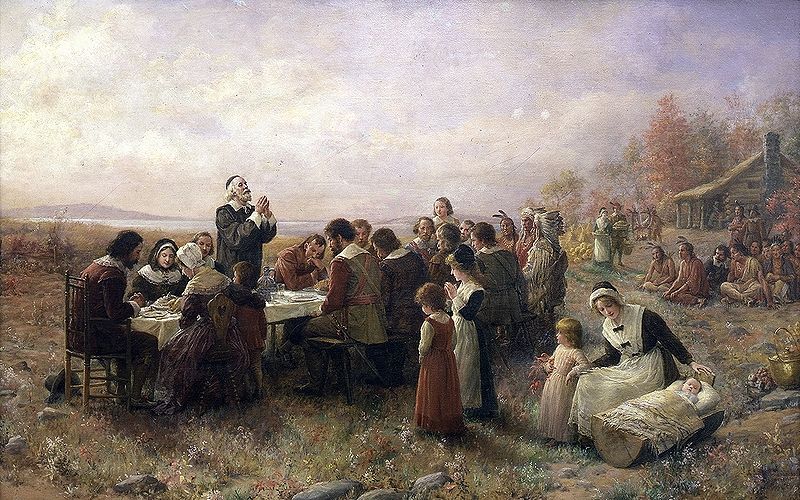Christmas came a bit early this year when my friend Wendy handed me a brown envelope and said, "I got us a book." (I sometimes get to help her relieve some of the clutter in her apartment.) After peering excitedly into the envelope, I pulled out a slim paperback that changed my view on the power of graphic novels.
Michael Keller and illustrator Nicolle Rager Fuller have breathed new life into Darwin's On the Origin of Species with an amazing graphic adaptation that will surely excite an entirely new generation about evolution. I have never read Darwin in this way, and I found myself rediscovering evolution in a very accessible, clear, and thoughtful way.
The chapters cover Darwin's main tenets, taking the reader step-by-step through the theory of evolution. Along the way, readers get a peek into Darwin's conflict and the state of the scientific community at the time. And as an added bonus at the end, Darwin "himself" responds to the advancements in our understanding of evolution that have unfolded since his passing. "Genius! Why hadn't I thoughts of that?!" he says of Mendel's discovery regarding heredity.
While Keller has done a fantastic job distilling Origin and combining the text with primary sources to generate an engaging dialogue with the reader, this work would not be half of what it is without Fuller, whose imagining of Darwin and Origin helps us potentially see the theory unfold through Darwin's eyes. The illustrations are vivid and detailed, and evoke a thoughtfulness reminiscent of the naturalist himself. This promises to be a powerful tool in teaching students about evolution—and may make a handy stocking stuffer for your favorite scientist.
--
Charles Darwin's On The Origin of Species: A Graphic Adaptation | Michael Keller (author) and Nicolle Rager Fuller (Illustrator) | Rodale Books | 192 pages | $19.99 (Hardcover) $14.99 (Paperback)








